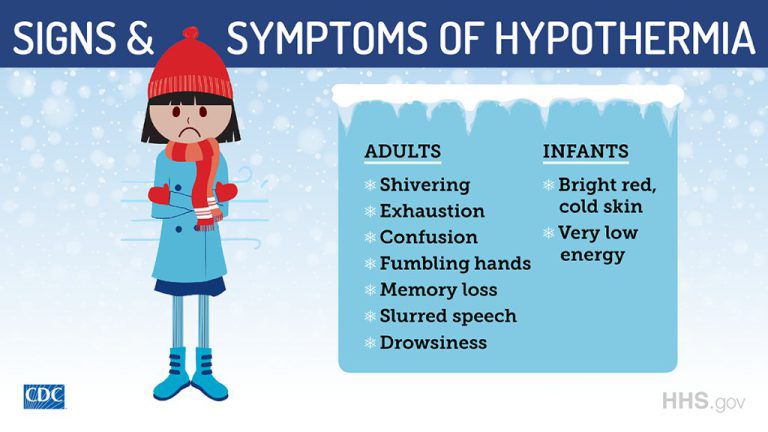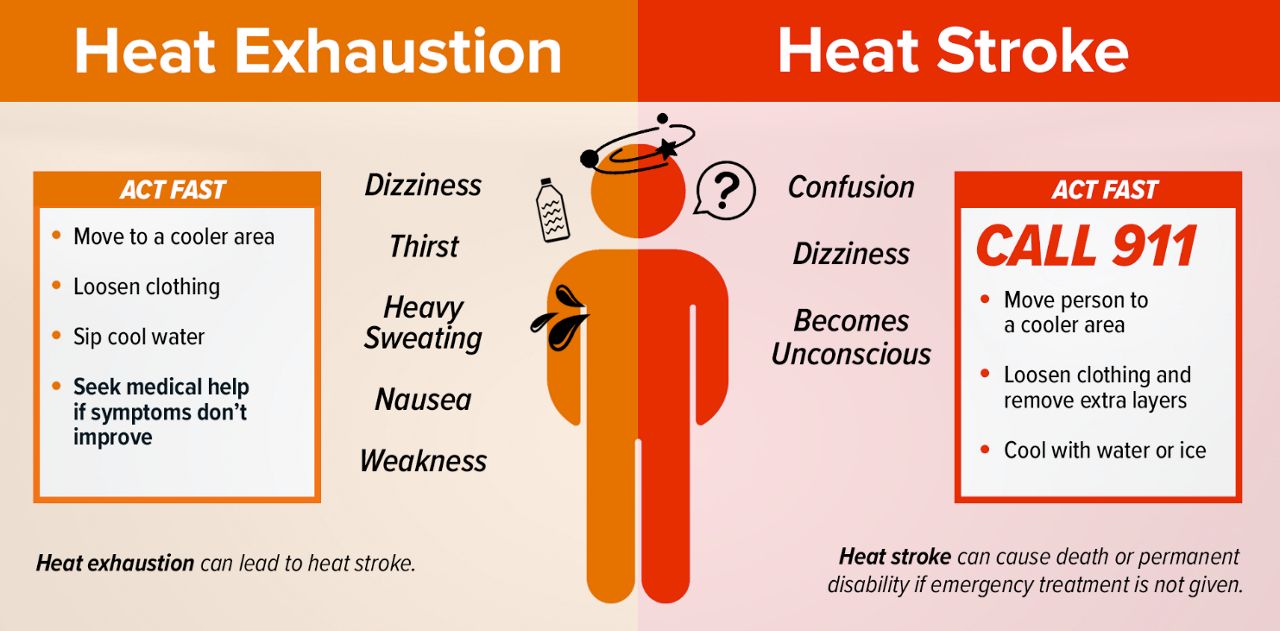Some like it hot… others do not. Finding that Goldilocks temperature suitable to all is a constant up-and-down battle.
Being too hot or too cold can actually bring physical discomfort.
As temperatures move away from our “ideal range” in either direction, the effects only intensify- now becoming a threat to our health and wellbeing. But what’s worse for your body? Feeling too hot or too cold?
At extreme levels, both the heat and the cold come with dangerous health repercussions- some potentially fatal. The consequences of both are even more so for certain groups, including the elderly, young children and those with other underlying medical conditions.
Yet, one triggered a cardiovascular response quicker than the other at less extreme levels. Let’s look at how the temperatures at the end of the heat and cold spectrums can stress our bodies to the limit.
Hot and dangerous
Let’s face it, no one likes to be sweaty. But sweat is the body’s natural cooling process. This system works well for the most part. Except on those extremely steamy days when both the heat and the humidity are high. That’s when the dangers set in.
When the humidity is relatively low, body sweat is able to evaporate quicker, which effectively cools the body off. On a humid day, however, sweat is slower to evaporate. This prevents heat from leaving the body.
As the body continues to sweat, it loses water and electrolytes, putting it at risk for dehydration.
The other way the body tries to release excess heat is by dilating the body vessels near the surface of the skin. While this now puts an additional strain on the cardiovascular system alone, this mechanism is most effective when the body is at rest, not for those performing strenuous tasks on a hot day.
In order for muscles to contract and do the work needed to do to accomplish the task, they need a rich supply of oxygen. Hence, the body diverts blood flow to the muscles and not the vessels in the skin, eliminating a way to cool off.
As body temperature continues to climb and the person doesn’t leave the toasty environment, they could face heat-related illnesses, including heat exhaustion and heat stroke.
While both dangerous, heat stroke is a medical emergency, which could irreversibly lead to brain damage, or damage to the heart and other organs. In the worst-case scenario, it could even lead to death if not treated properly.
(Credit: The National Weather Service)
An individual is most likely to suffer from heat exhaustion first. Yet, once the body’s core temperature reaches at or above 104 degrees Fahrenheit, we consider it a heat stroke.
Cold, cold heart
Unlike heat exposure, the body needs to work harder to maintain its core temperature when exposed to colder temperatures. In order to do this, blood vessels in the skin and outer extremities constrict, keeping blood flow closer to the body’s vital organs so that they continue to function properly.
If the loss of heat is greater than what the body can maintain, then its core temperature will inevitably drop, putting the individual at risk for hypothermia.

(Credit: The Centers for Disease Control)
As blood vessels narrow, though, blood pressure increases, becoming a threat to those who struggle with hypertension to begin with.
In addition, on colder days, the viscosity of our blood increases, putting us at risk for clots. This, combined with higher blood pressure, raises the risk of a heart attack or stroke.
Thicker blood and vasoconstriction of the blood vessels also make it harder for the heart to pump properly, becoming another stressor on the heart.
Which is worse, though?
At extreme levels, both the heat and the cold come with dangerous and potentially fatal health repercussions.
Yet, researchers found that one of the temperature extremes triggered a cardiovascular response quicker: the cold.
A recent study by researchers at the University of Innsbruck in Austria examined cardiac responses from their subjects in both scenarios, the heat and the cold.
In their findings, they saw that their subjects’ blood pressure increased even in mildly cold conditions (10 degrees Celsius, which roughly translates to 50 degrees Fahrenheit).
Not only that, the researchers also noticed that blood pressure rose, even when only certain parts of the body were exposed to the cold air, like the face. To clarify, the study found that it actually doesn’t need to be all that cold outside to have an effect on the human body.
Regardless of what end of the thermometer you side with, let’s just get it out there that exposure to both extremes, the heat and the cold, can negatively impact health. Yet, the cold weather can put a bigger strain on the body’s cardiovascular system at less extreme levels.
Staying prepared and following the guidelines for either the heat or the cold is essential to stay safe.
Our team of meteorologists dives deep into the science of weather and breaks down timely weather data and information. To view more weather and climate stories, check out our weather blogs section.

